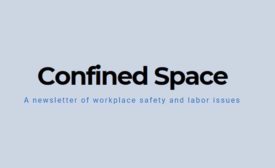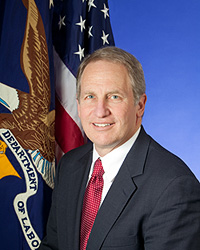Government Safety Regulations
A Confined Space blog post
Full of surprises: OSHA spring regulatory agenda released
May 10, 2018
Never miss the latest news and trends driving the safety industry
eNewsletter | Website | eMagazine
JOIN TODAYCopyright ©2024. All Rights Reserved BNP Media.
Design, CMS, Hosting & Web Development :: ePublishing







